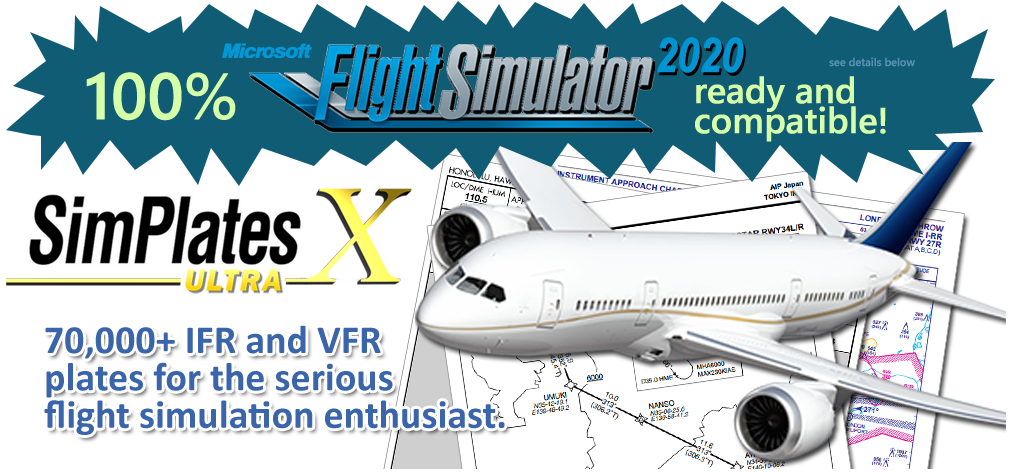Hi everyone,
I am currently working on my instrument, and I will be soon doing my check ride with DE next week. I was going through the regulation part which was bit vague in meaning but I grew to digging into ALSF-I and II when I read the text saying 'red terminating bar/ side row bar.
So I did the internet research and found out they are only seen when the runway is equipped with either I or II version, and we are allowed to descend below 100ft above TDZE but no other types of ALS, if I am correct.
Now my question is, you see the red terminating bars/ side row bards and descend to whatever the altitude but you do not see the runway, should I continue descending or go around?
Reg clearly states 'one of the visual reference' for intended landing runway including red bars but they are not the runway I am intending to land.
I also looked up FAA order on ALS and it says it is not really required for CAT-ll and CAT-lll approaches and unfortunately does not state anything on ALSF-I.
What would be the








The following terms have been auto-detected the question above and any answers or discussion provided. Click on a term to see its definition from the Dauntless Aviation JargonBuster Glossary.